Cats are naturally curious creatures, often seen prowling through gardens, intrigued by every rustle of leaves or flutter of wings. For feline owners, transforming an ordinary backyard into a cat-friendly haven can enrich a kitty’s habitat, satisfy its adventurous spirit, and ensure its safety. Read on to discover how you can craft a purr-fect outdoor experience without compromising on safety and aesthetics.
Understanding Your Cat’s Nature

Cats are instinctive hunters, keen observers, and territorial beings. Understanding their natural behaviors can help in designing a space that caters to their instincts. Cats are drawn to vertical spaces, intriguing scents, and hidden nooks, all of which can be integrated into garden design to enrich their lives.
Choose Safe and Cat-Friendly Plants
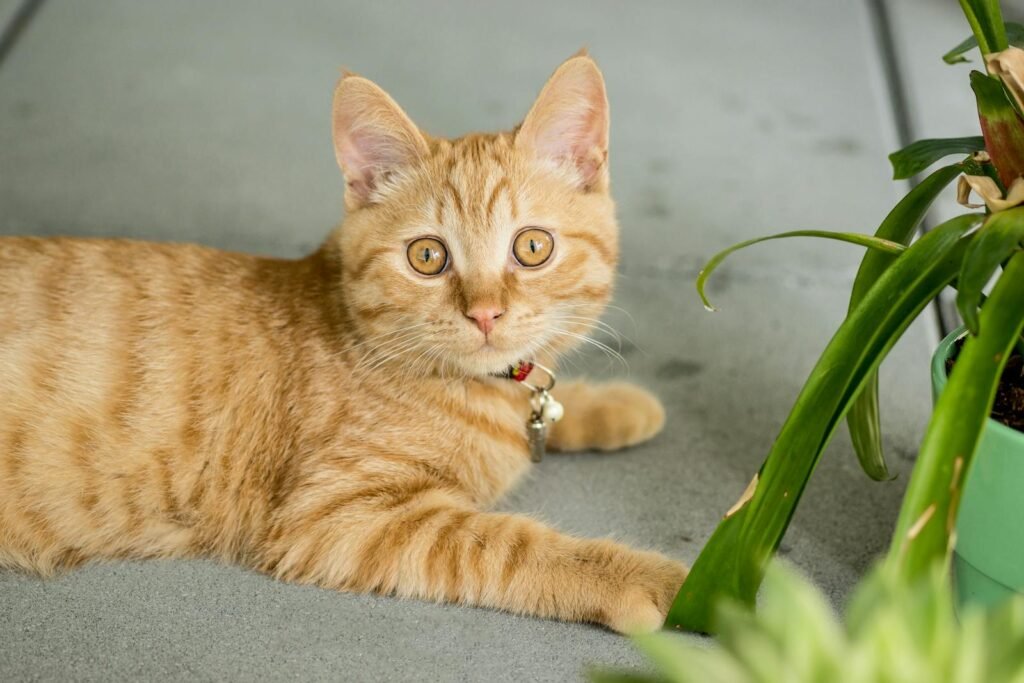
When selecting plants for your garden, it’s crucial to avoid those that are toxic to cats. Opt for non-toxic varieties like catnip, cat thyme, or valerian, which can provide sensory enrichment and safe chewing opportunities. Be aware of plants like lilies, azaleas, and daffodils, which can be harmful if ingested by cats.
Introduce Vertical Spaces
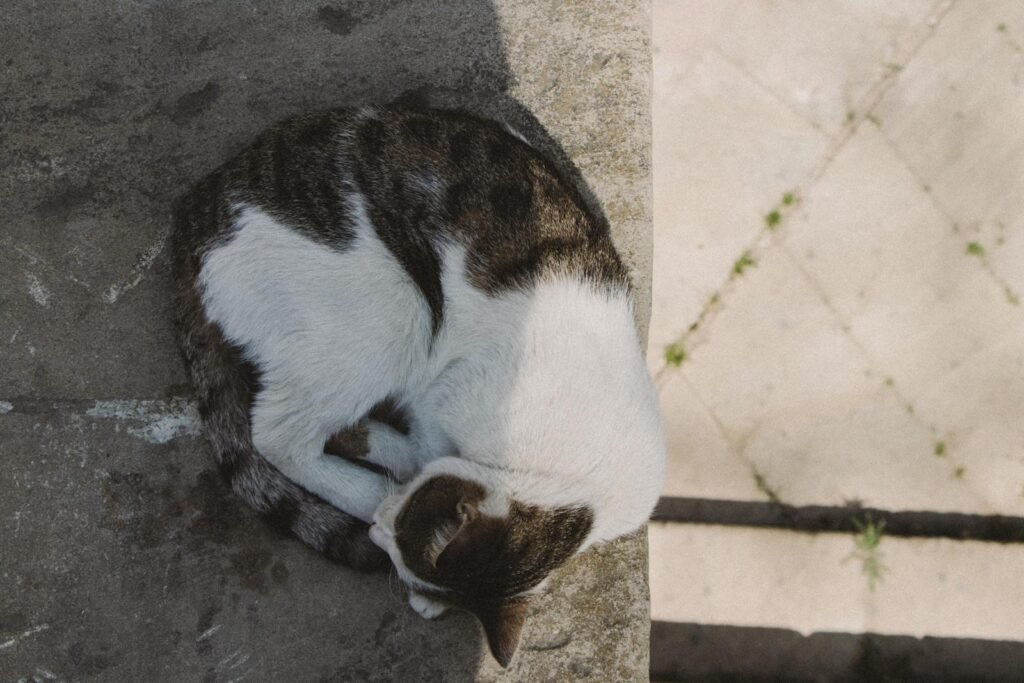
Cats love climbing and observing from high vantage points. Introduce cat trees, tiered planters, or sturdy shelf structures to offer vertical exploration spaces. Climbing areas not only provide exercise but also satisfy a cat’s instinct to scan their territory from a high perch.
Create Hidden Paths and Nooks

Add elements such as tunnels, low-growing shrubs, or rockeries to create hidden paths and secret alcoves. These features will pique a cat’s curiosity, providing them with little adventures as they navigate through the garden.
Incorporate Water Features

Many cats are fascinated by moving water. A small pond or a cat-safe water fountain can become a captivating focal point. Ensure that any water feature is shallow and easily accessible to prevent accidental falls.
Provide a Secure Perimeter
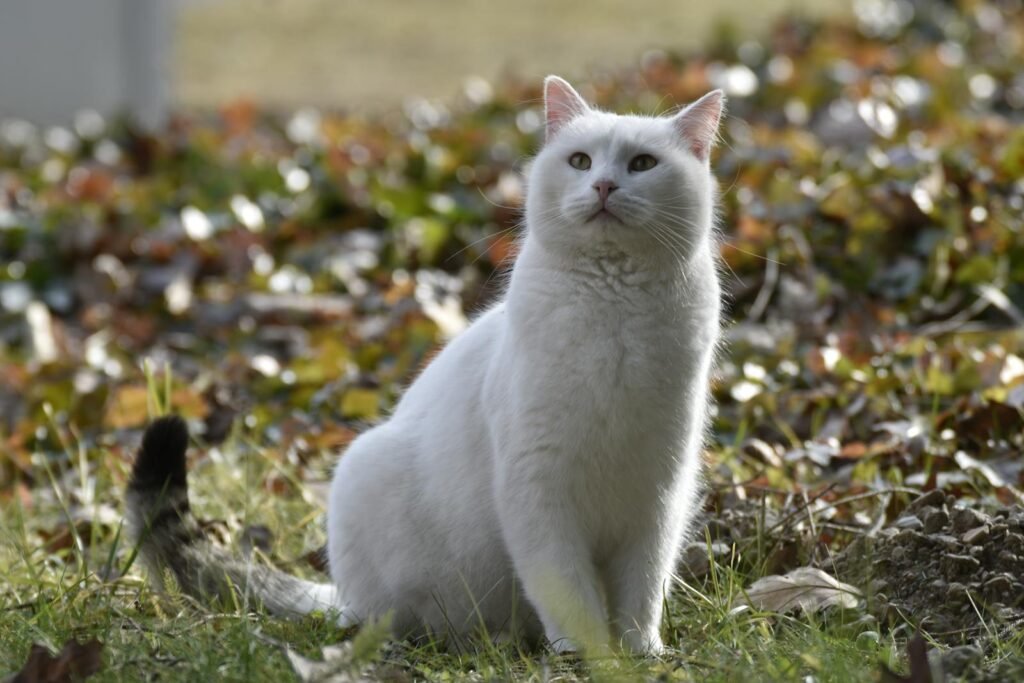
To prevent your feline friend from wandering too far, install cat-proof fencing or a catio (a cat patio) that offers free access to the outdoor environment while keeping the cat safely contained. Ensure any fencing is high and difficult to climb over.
Enrich with Sensory Stimuli
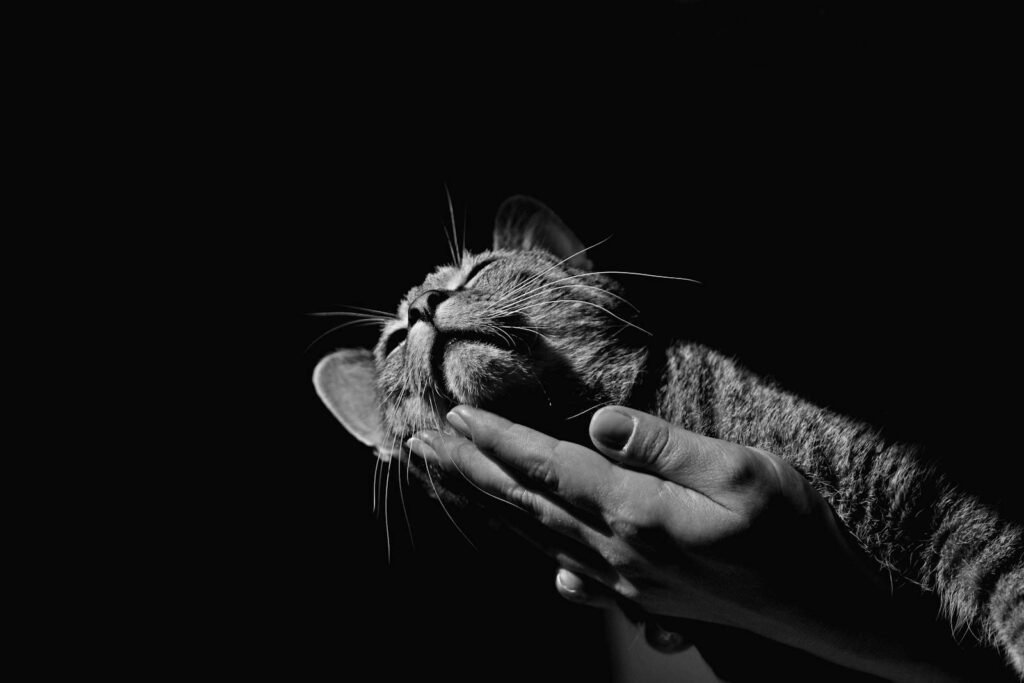
Gardens are a sensory delight for cats. Incorporate elements that stimulate their senses, like wind chimes for auditory interest, or fragrant non-toxic herbs for olfactory exploration. These additions can make your garden an enticing and relaxing retreat.
Provide Shady Spots and Shelters
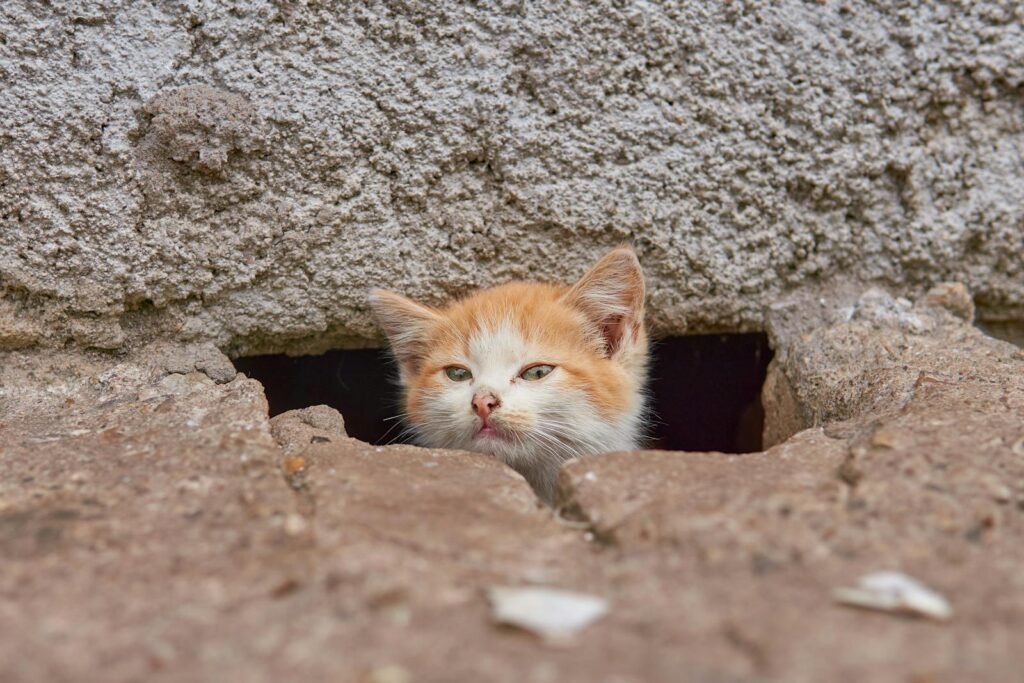
Cats need areas to escape from the sun or unexpected rain showers. Incorporate shaded retreats with leafy vegetation or awnings. Consider building small shelters or igloo-style beds to provide cozy hiding spots.
Encourage Natural Behavior
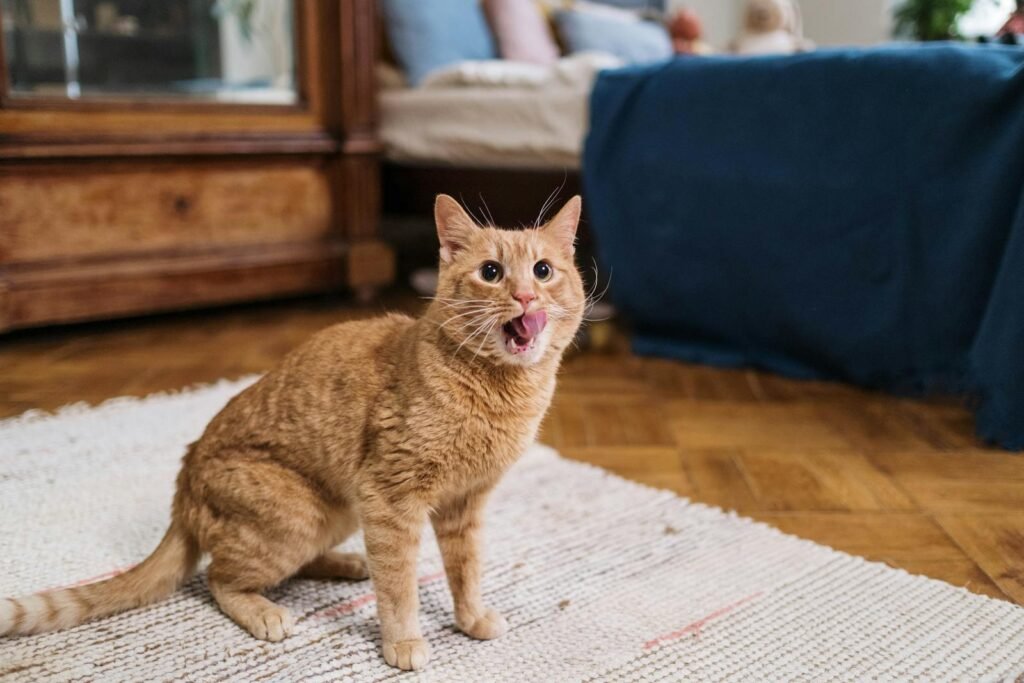
Cats exhibit a variety of natural behaviors such as scratching and hunting. Supply logs or tree stumps to serve as scratching posts, and leave areas uncultivated to allow for digging or hunting insects. Such provisions help keep their claws healthy and minds stimulated.
Engage with Interactive Toys
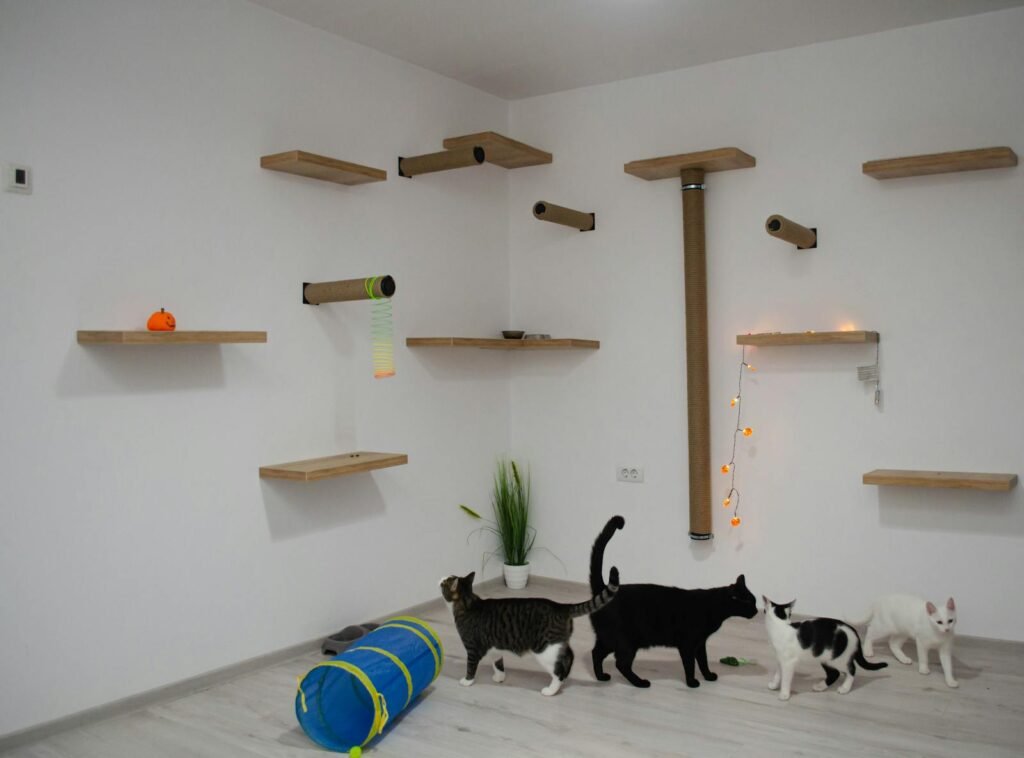
Include interactive toys and puzzles scattered through the garden to challenge and entertain your cat. Puzzle feeders or toys that mimic prey movements can engage their hunting instincts and offer mental stimulation.
Plan for Garden Maintenance
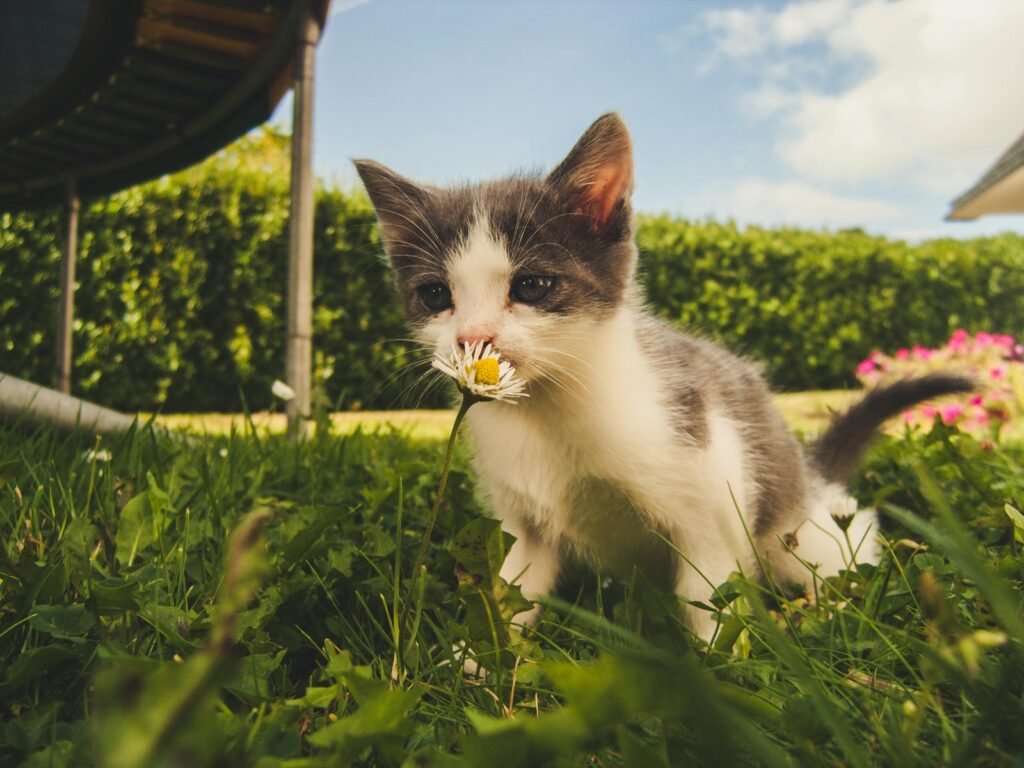
Designing a cat-friendly garden also means considering practical aspects of garden maintenance. Choose durable plants that can withstand gentle cat nibbles and areas that are easily cleaned and maintained to keep the space healthy and inviting for your furry explorer.
Foster Safe Sunbathing

A spot to bask in the sun is treasured by many cats. Ensure there are comfortable surfaces for lounging, such as flat rocks that absorb heat, or cushioned seating areas to provide safe and comfortable sunbathing spots.
Keep a Careful Eye on Insect Control
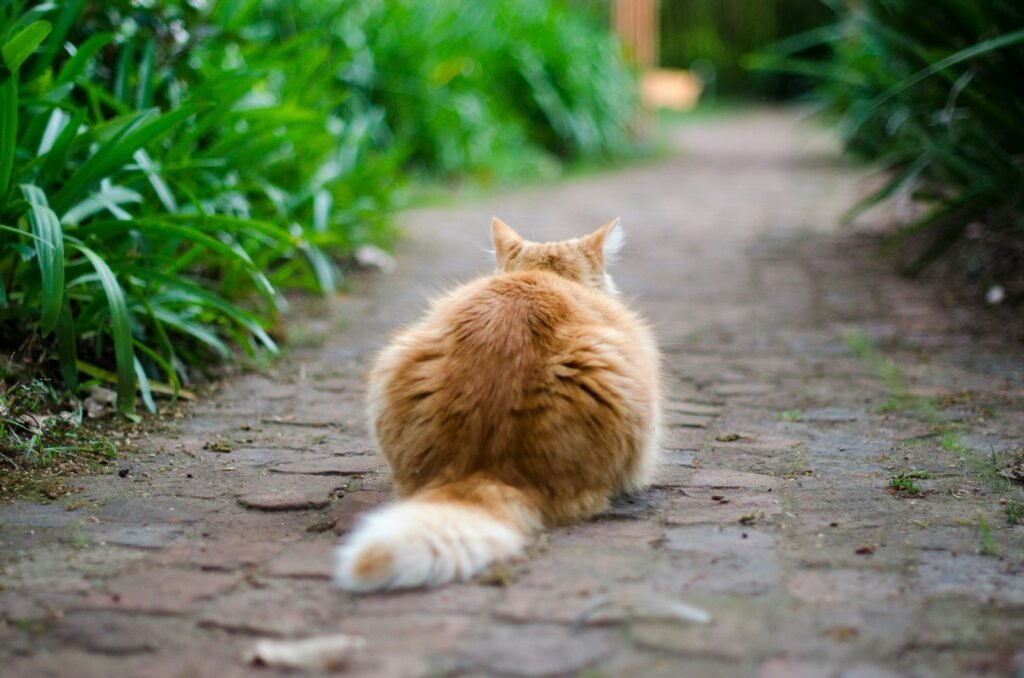
When dealing with garden pests, opt for natural or pet-safe insect repellents. Avoid chemical pesticides and fertilizers that can harm cats. This ensures your cat can explore freely without the risk of ingesting harmful substances.
Teach Garden Etiquette
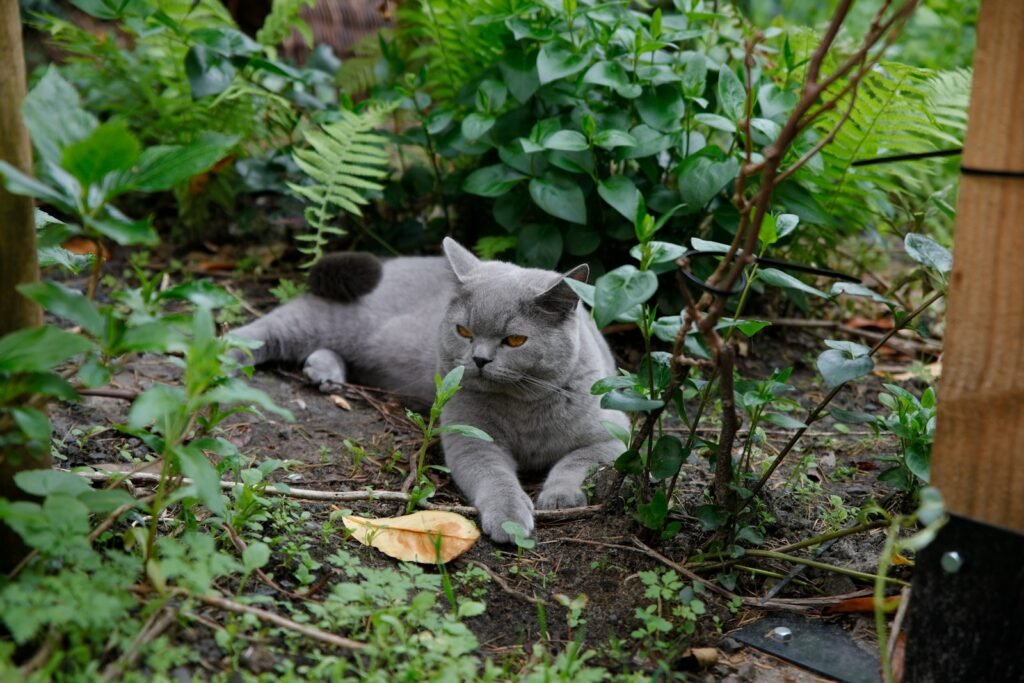
Introduce your cat to the garden gradually, supervising their initial explorations to ensure they learn boundaries and do not disturb areas they shouldn’t. Reinforcing positive behaviors will help them become more accustomed to the outdoor environment.
Designing a cat-friendly garden is a fulfilling way to merge your garden’s beauty with your pet’s well-being. With careful planning and creativity, you can create a space that nurtures your cat’s adventurous spirit while ensuring they remain safe and healthy. Such an environment not only contributes to your cat’s happiness but also strengthens the bond you share with your feline explorer.

Linnea is a born and bred Swede but spends as much time as possible in Cape Town, South Africa. This is mainly due to Cape Town’s extraordinary scenery, wildlife, and atmosphere (in other words, because Cape Town is heaven on earth.) That being said, Sweden’s majestic forests forever hold a special place in her heart. Linnea spends as much time as she can close to the ocean collecting sea shells or in the park admiring puppies.






